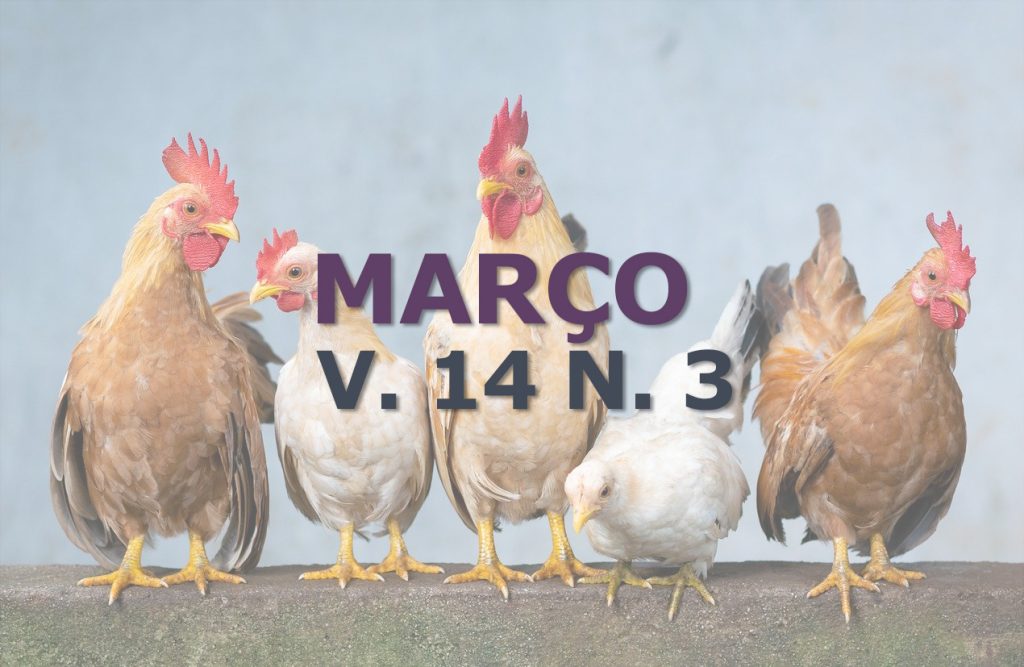Use of the normalized difference vegetation index in the forage production estimate
DOI:
https://doi.org/10.31533/pubvet.v14n3a538.1-7Keywords:
livestock, productivity, remote sensing, stocking rateAbstract
The world population continues to grow and, to supply all this demand for food, the productivity of agricultural areas must be increased. Brazilian cattle production system is widely extensive and has a large part of degraded areas, one of the factors being the inadequate stocking rate, which, if excessive, contributes to the advancement of this condition. Thus, to adjust the grazing pressure, it is necessary to know the forage production available in the area; to this end, some methods that can be used for this purpose were raised in this review, also highlighting the use of remote sensing that promotes acceptable predictive conditions and requires less physical resources for its implementation.
Downloads
Published
Issue
Section
License
Copyright (c) 2020 Antonio Junior Coelho Pinguello, Emanuely Ramos Tameirão, Lucas Wamser Fonseca Gonzaga, Melissa Sanches Mongelli, Pedro Henrique Alves de Faria, Marcos Ferrante, Federico Ezequiel Fernández

This work is licensed under a Creative Commons Attribution 4.0 International License.
Você tem o direito de:
Compartilhar — copiar e redistribuir o material em qualquer suporte ou formato
Adaptar — remixar, transformar, e criar a partir do material para qualquer fim, mesmo que comercial.
O licenciante não pode revogar estes direitos desde que você respeite os termos da licença. De acordo com os termos seguintes:
Atribuição
— Você deve dar o crédito apropriado, prover um link para a licença e indicar se mudanças foram feitas. Você deve fazê-lo em qualquer circunstância razoável, mas de nenhuma maneira que sugira que o licenciante apoia você ou o seu uso. Sem restrições adicionais
— Você não pode aplicar termos jurídicos ou medidas de caráter tecnológico que restrinjam legalmente outros de fazerem algo que a licença permita.





